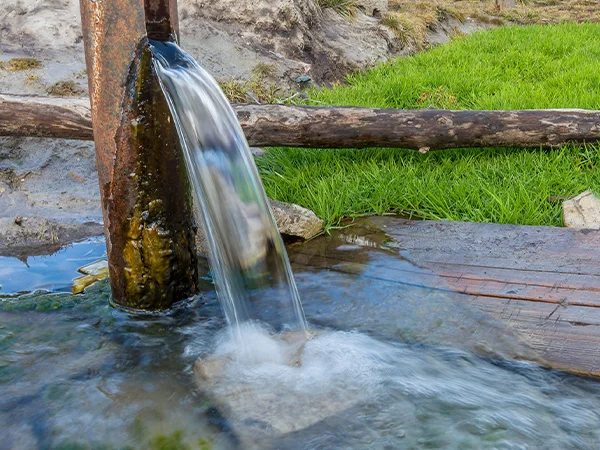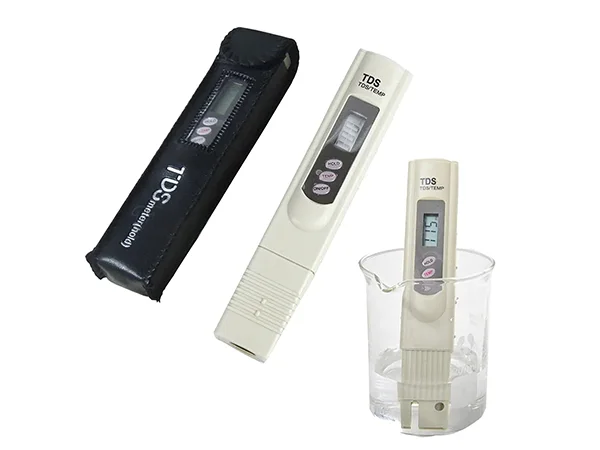- Home
- Brand Series
- Universal Products
- Home Water Purifier
- Commercial Water Purifier
- Water Purifier Accessories
- PP Cotton Filter Cartridge
- UDF Filter Cartridge
- CTO Filter Cartridge
- RO Membrane Filter Cartridge
- T33 Post-Activated Carbon Filter Cartridge
- Mineral Ball Filter Cartridge
- Resin Filter Cartridge
- Polyphosphate Cartridge
- Ceramic Filter
- Quick Connect Inline Water Filter Cartridge
- Pre-filter Housing
- RO Membrane Housing
- Water Purifier Connector
- UV Sterilizer
- Pressure Water Tank
- Other Components
- OEM / ODM Services
- Support
- About
- Contact

























